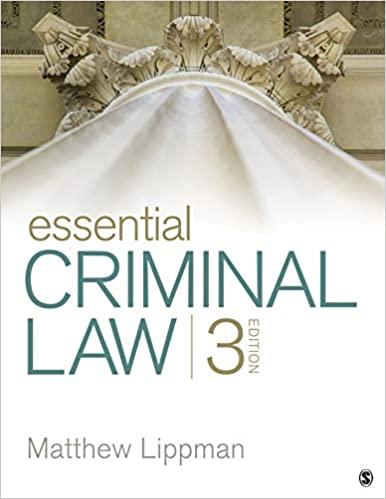Please answer last two question and lost the sources where you got the information. Thank you!
FICO Monthly Total Interest Score APR Payment Paid 720-850 5.803 % 3910 $2.759 690-719 7.469 5 5933 63.574 660-689 9.472 % 5961 $4 581 620-659 13.239 % $1,014 56.514 590-619 18.042% $1,085 59,067 500-589 18.556 % 51.093 $9,346 The Consumer Financial Protection Bureau(CFPB) is investigating auto loans to determine if car dealers are charging higher rates for loans to women and minorities. The auto loan market is $783 billion per year (and car dealers make 25% of those loans) and the CFPB is concerned that most dealers do not have fair lending practices programs in place to place some internal controls on how loan rates are determined. Bank of America received a notice of investigation from the CFBP that indicated its records reflected that the bank charged women and minorities one-third of a percentage point higher for their car loans. You can read about the Wall Street Journal's investigation of the investigation here. Alan Zibel and Christina Rogers, "Car-Dealer Loans Get New Scrutiny," Wall Street Journal, October 19-20 (2013). Or See this video on Bank of America's settlement on lending discrimination. AP BofA in $335M Loan . Bank of ca If the CFPB finds that there was discrimination in loan rates, it can impose a flat-rate requirement on a dealership, which means that the auto dealer will have no discretion in setting rates for customer loans. The inability to set loan rates means that dealers will lose a significant portion of their profits on loans to customers. Dealers count on the the lending profits as a significant portion of their profits on each vehicle sale. However, in order to impose penalties and restrictions on the dealers' future loan rates, the CFBP would need to find that the differences in rates between loans to women and minorities and other customers were not because of the following factors: 1. Lower credit scores 2. Bankruptcies 3. Failure to pay previous loans 4. Insufficient income In other words, if women and minorities were charged higher rates based on their credit history or likelihood of repayment, then there is no discrimination. Presently, the CFPB has a statistical case -- the numbers on the loans seem to tell a story of discrimination against women and minorities. However, that there are credit history patterns that parallel the higher rates, then there is no discrimination. Members of Congress and the auto dealer trade association are involved with the CFPB in asking questions about the scope of the investigation of the dealers. However, that loans from auto dealers are about 0.7% higher than loan rates from banks and credit unions. That loan mark-up is profit for the dealership. A loan to a female or minority buyer that is 0.3% higher means that the dealer profit on that loan will be 1.0%. DISCUSSION QUESTIONS 1. What is the difference between a finding of discrimination and a statistical case? 2. What are the potential penalties for discrimination in lending







